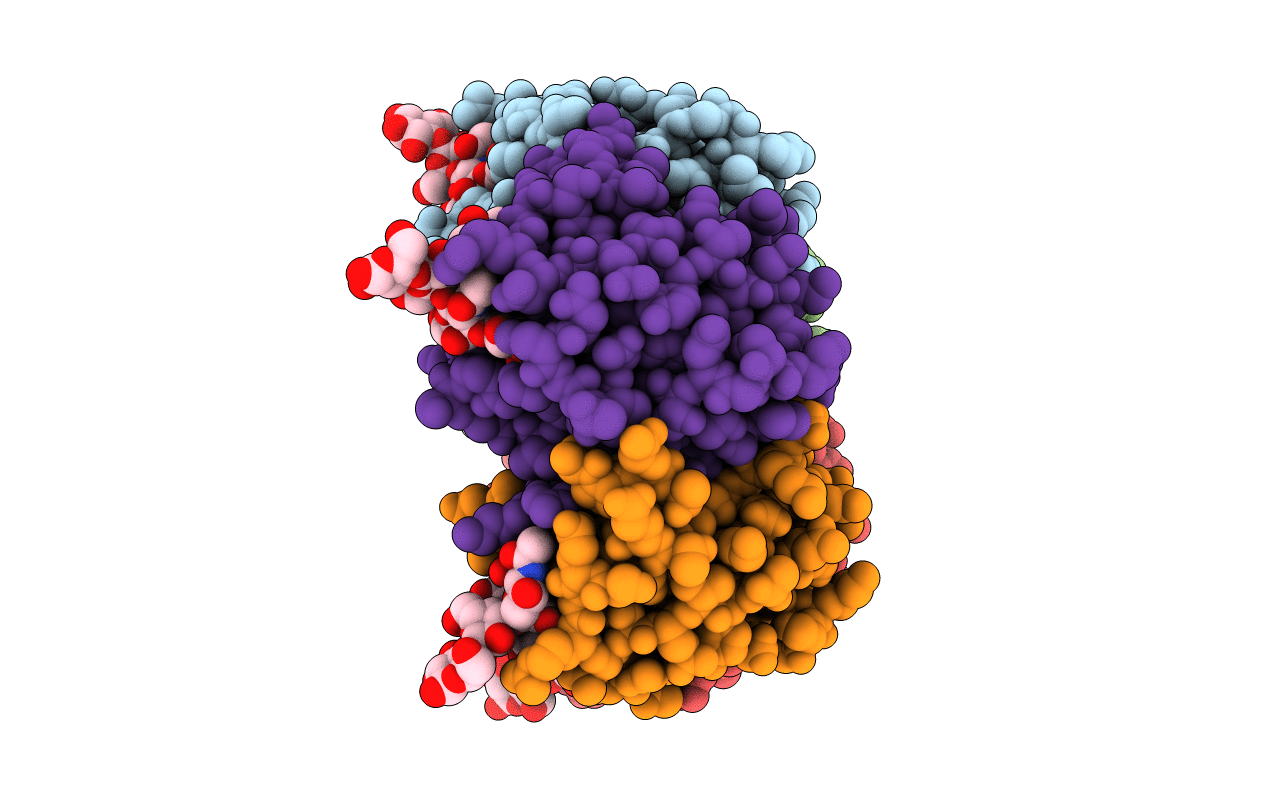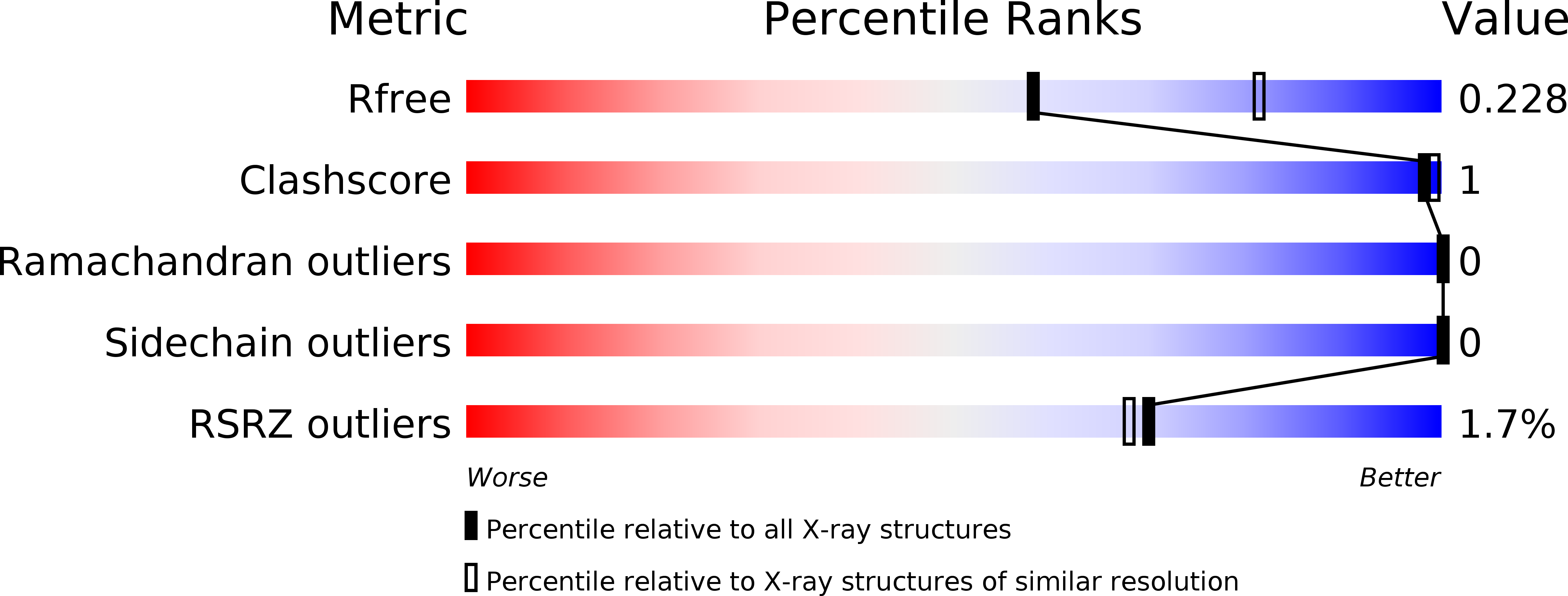
Deposition Date
2010-09-19
Release Date
2010-12-08
Last Version Date
2024-10-16
Entry Detail
PDB ID:
2XRQ
Keywords:
Title:
Crystal structures exploring the origins of the broader specificity of escherichia coli heat-labile enterotoxin compared to cholera toxin
Biological Source:
Source Organism:
ESCHERICHIA COLI (Taxon ID: 562)
Host Organism:
Method Details:
Experimental Method:
Resolution:
2.40 Å
R-Value Free:
0.23
R-Value Work:
0.21
R-Value Observed:
0.21
Space Group:
C 1 2 1


